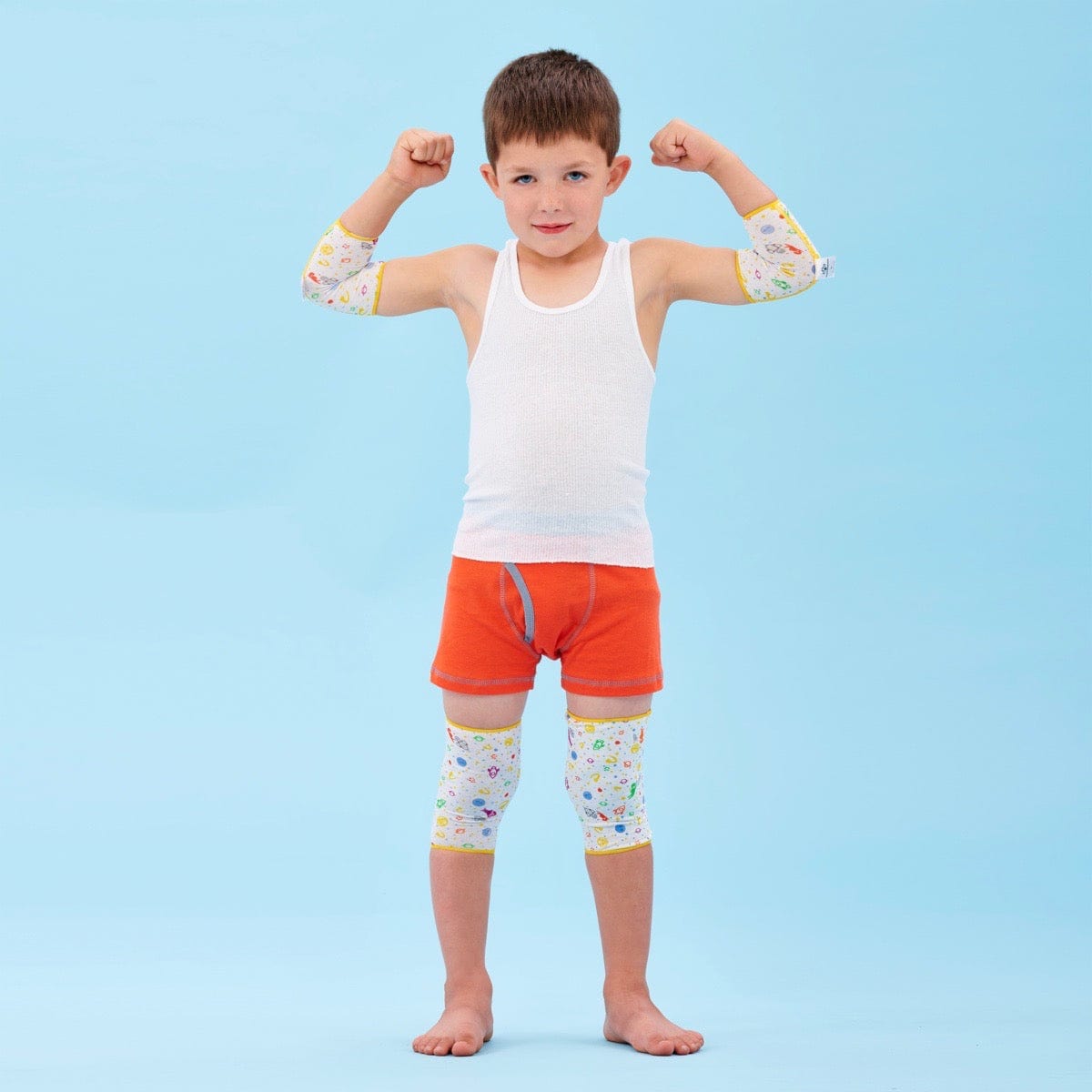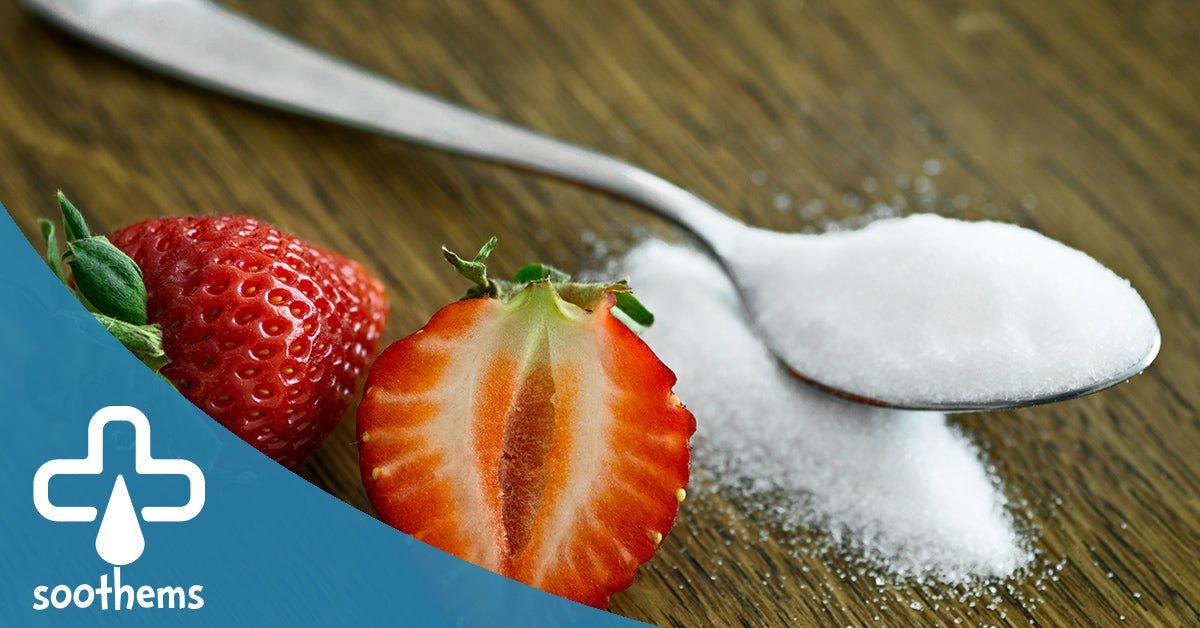How much sugar would you say the average American consumes a day? Well, the USDA reports that the number ranges from 22 to 30 teaspoons. That’s an alarming number, but especially when it comes to skin conditions. More than 30 million people in the U.S. suffer from some degree of atopic dermatitis. You may already know that an eczema outbreak typically results in red, swollen, and cracked skin accompanied by an uncomfortable itch. So what exactly causes the condition? Unfortunately, doctors have been unable to identify the root cause of eczema. That said, it’s imperative for your child to avoid certain trigger factors. Keep in mind that diet is one of the major ones. Read on to learn about the effects of sugar on eczema and other skin conditions.
How Sugar Impacts Your Child’s Skin and Eczema
In this article from The Flawless Program, it’s emphasized that sugar usually has a negative impact on the skin because it causes high amounts of inflammation in the body. Let’s take a moment to think about some of the unhealthy foods your child eats. Maybe they have candy bars, sodas, or ice cream on a somewhat regular basis. It seems innocent, right? Be aware that these simple carbohydrates can cause your child’s insulin levels to spike, creating the dreaded inflammation that produces eczema.
Eczema and Glycation
When the body fails to metabolize glucose the way it should, glycation occurs. Glycation leads to cracking, weak skin that takes longer to heal, as well as future damage such as thinning and dryness. It’s not exactly a great combination for eczema, is it? With that in mind, let’s look at how sugar induces glycation. The more sugar your child eats, the more advanced glycation end products (AGEs) enter the skin. It’s why parents who have children with eczema should limit simple carbs and sugars as much as possible.
Now we can dive into some tips for eating less sugar!
- Read the ingredient label - Sugar is in much more than you think. The next time you go shopping, you will notice it’s in sauces, chips, crackers, salad dressings, and even some kinds of meat. Steer clear of foods that contain a lot of sugar.
- Avoid liquid sugar - Those pre-made yogurt smoothies and juices may seem perfectly fine for your child. But really, they can contain at least 30 grams of sugar. That’s over the recommended sugar intake in just one thing you thought was healthy in the first place. Do what you can to eliminate liquid sugar, which means saying goodbye to soda, lemonade, shakes, sweet teas, etc.
- Avoid high-glycemic foods - The faster a food is absorbed by your child’s body, the higher it raises their blood sugar. Processed foods, which have little amounts of fiber, good fats, and proteins, often raise blood sugar faster, making them easily absorbed by the body. Quick tip with high-glycemic foods: Even gluten-free cereals or yogurts can be high glycemic because they’re processed. To help limit eczema outbreaks, avoid processed sauces, chips, and other snack foods to reduce inflammation and high sugar levels.
- Eat lower-sugar fruits - It’s no question that fruits are an essential part of any child’s diet. That said, some fruits (such as oranges) contain a surprising amount of sugar. Have your child stick to one fruit a day or eat low-sugar fruits such as berries. It may seem like a tiny adjustment, but it can definitely lead to improved skin and fewer eczema flare-ups down the road.
- Change your dessert choices - Now that we’ve dismissed some of your child’s favorite dessert options, let’s talk about some tasty alternatives! A lot of folks don’t know that dark chocolate is one of the only substances studies to reduce sugar cravings. Not only does dark chocolate with cocoa butter taste great, but it’s also rich in fiber and protein, which is exponentially more satisfying to your child’s body than sugar. Best of all, there’s no sugar crash with eating cocoa. If you want something sweet that’s going to keep your child focused and less stressed, make the switch to cocoa.
How Soothems Eczema Clothing Can Help
Controlling your child’s eczema means more than just making a few dietary changes. That’s where Soothems eczema clothing comes into play. Our therapeutic clothing for eczema has been developed to help children with particularly sensitive skin. Soothems eczema clothing is made from a proprietary smart fabric called TEWLTect, a blend of high-performance polymer fibers enhanced with the biopolymer called Chitosan and Zinc Oxide. TEWLTect is unique in that it provides a positive, soothing effect that reduces itchiness and helps preserve moisture levels on the skin. Arguably the best part about TEWLTect is that it can be used as an occlusive barrier wet or dry, and with or without current medications.
From eczema suits and eczema sleeves to eczema sleepwear and eczema bottoms, see how Soothems can lead to less itch and more smile for your child.






Leave a comment
All comments are moderated before being published.
This site is protected by hCaptcha and the hCaptcha Privacy Policy and Terms of Service apply.